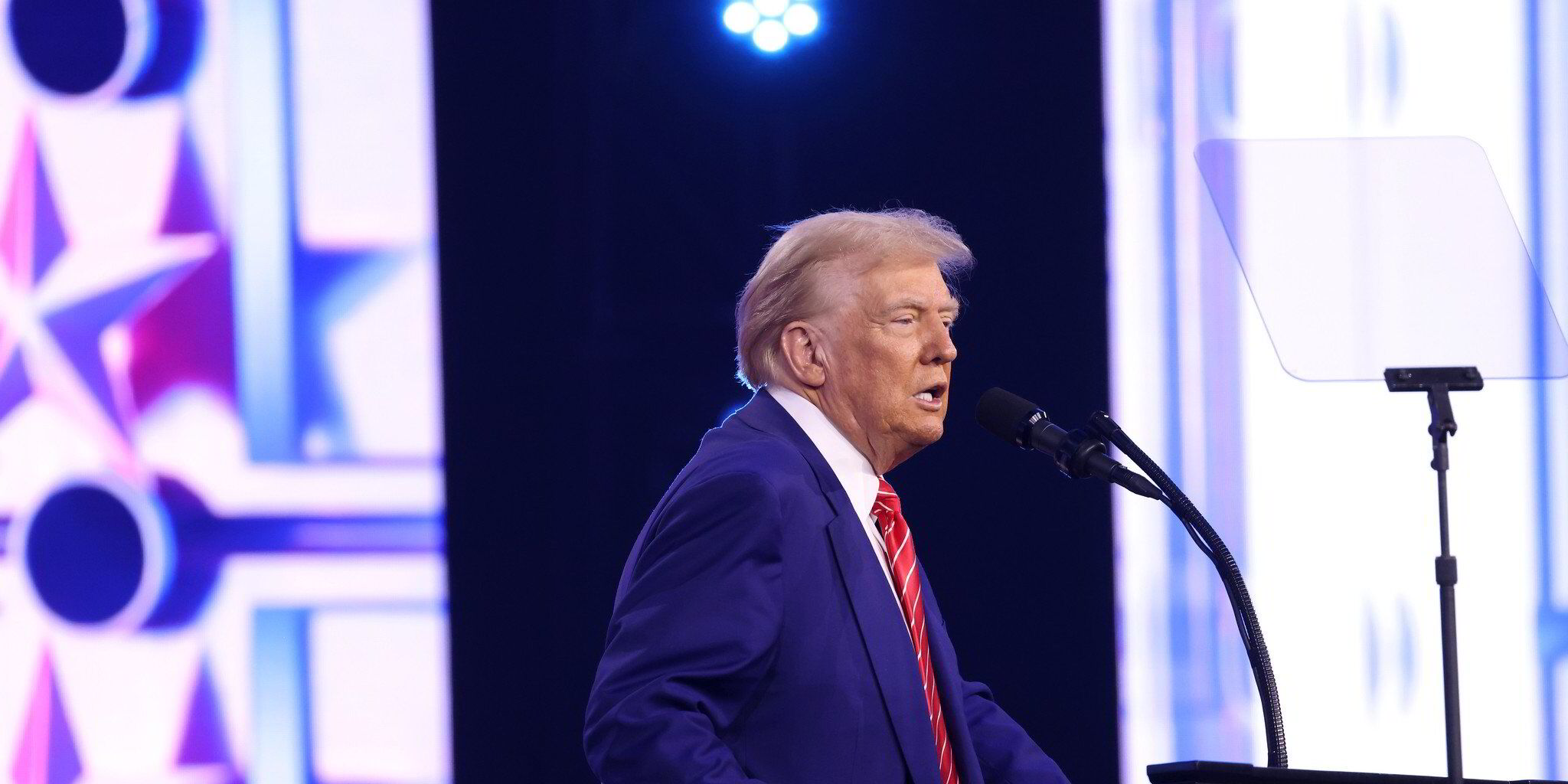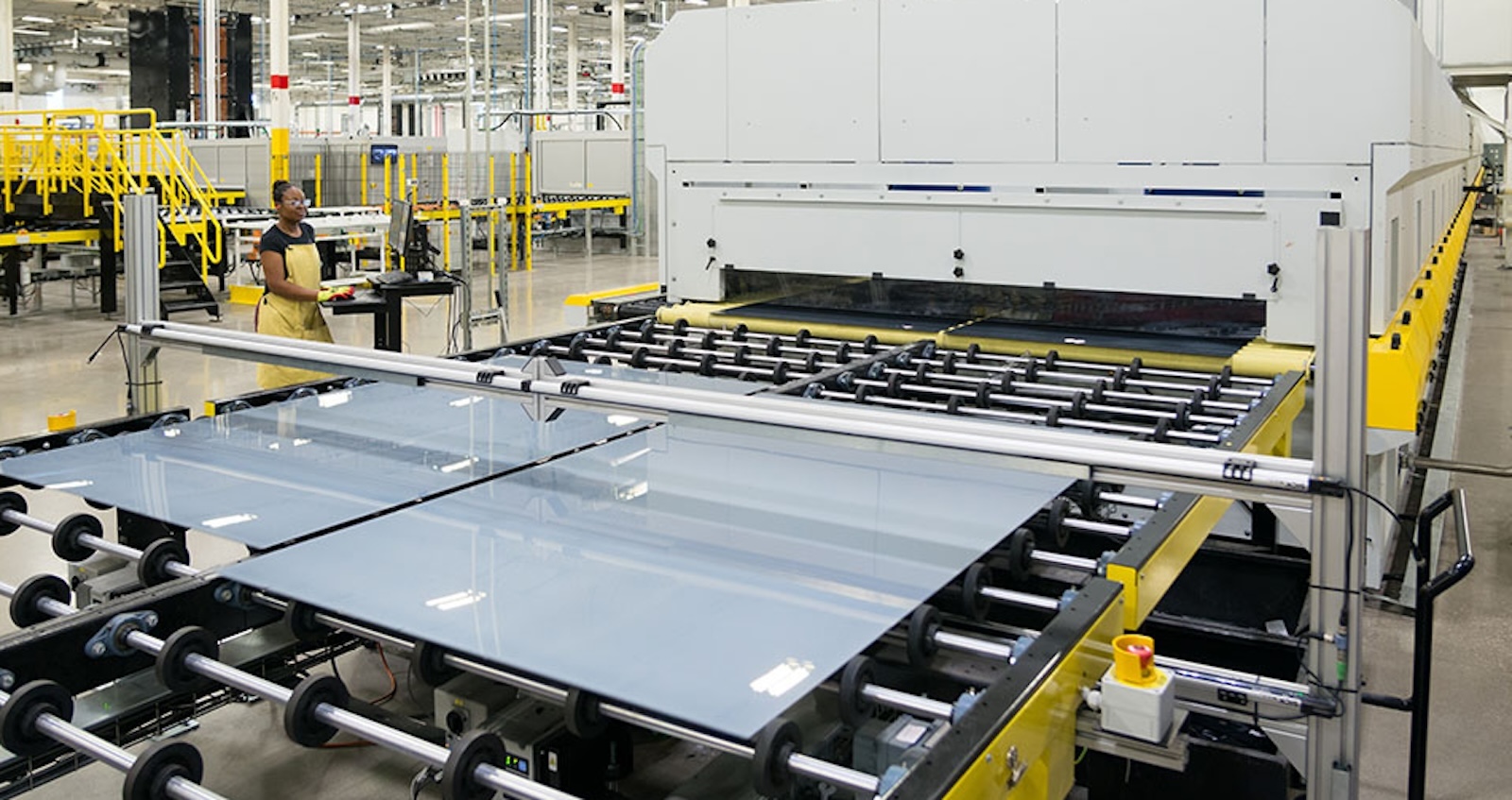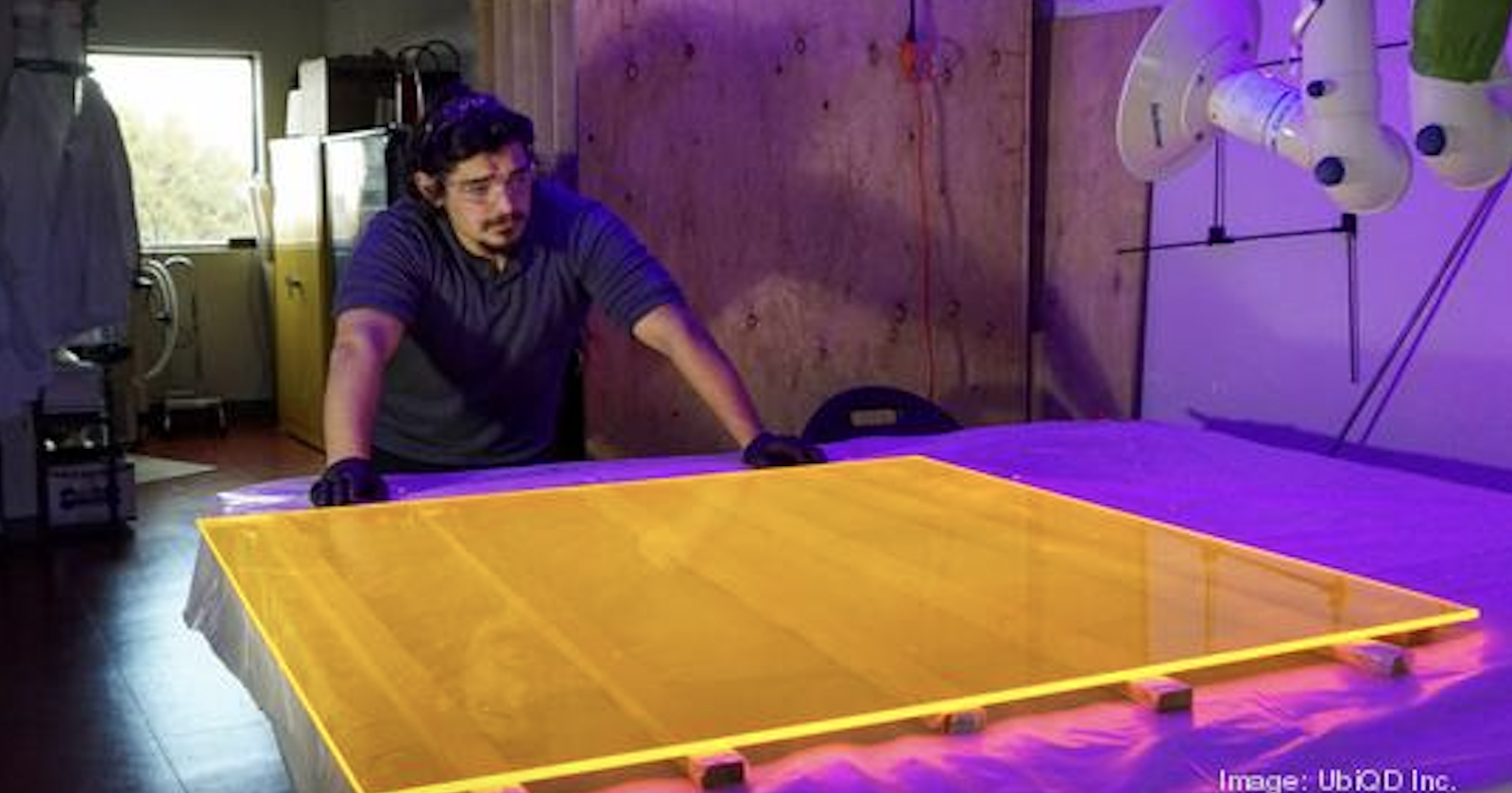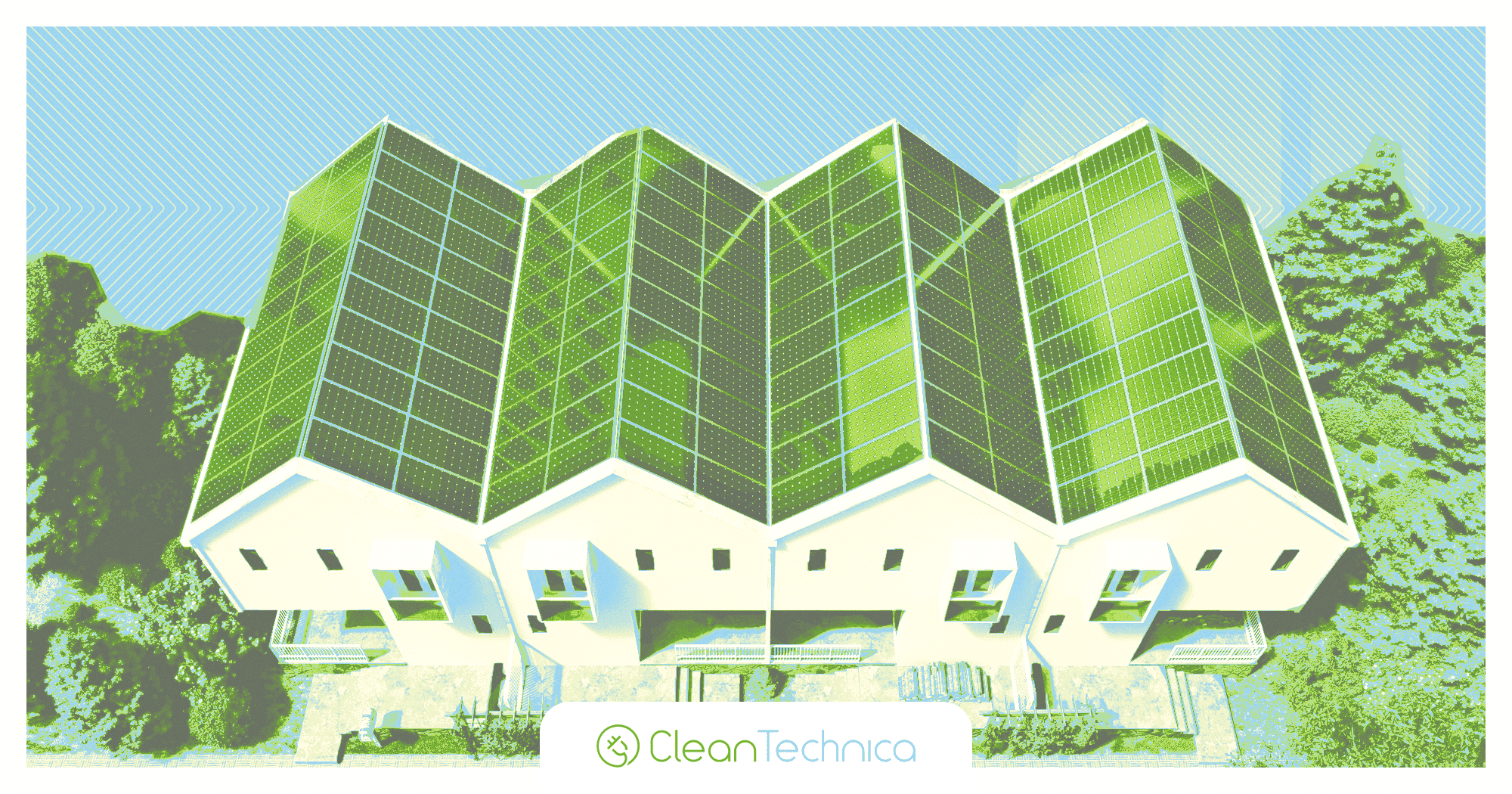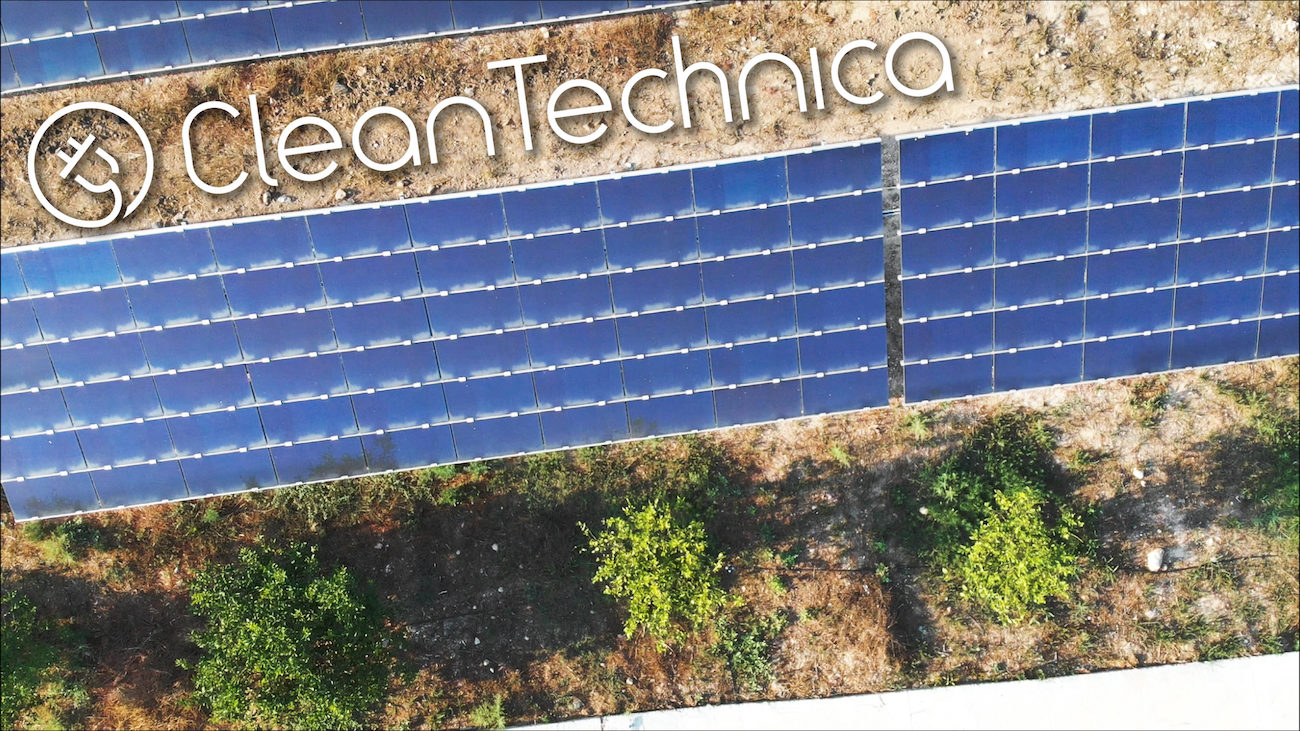Hybrid solar vanadium battery system withstands Australia’s harsh weather
Energy solutions company Australian Flow Batteries has rolled out its containerised solar vanadium battery system in Western Australia, which can be stowed in less than an hour to protect modules during the region’s annual cyclone season.

Energy solutions company Australian Flow Batteries has rolled out its containerised solar vanadium battery system in Western Australia, which can be stowed in less than an hour to protect modules during the region’s annual cyclone season.
Western Australia (WA)-headquartered energy solutions company Australian Flow Batteries (AFB) has installed a containerized hybrid solar and vanadium redox flow battery (VRFB) diesel replacement system (DRS) at the Onslow Marine Support Base (OMSB) in the Pilbara.
AFB’s DRS system currently deployed in Onslow features a retractable 110 kW solar array co-located with a VRFB, which once commissioned and operational, will support a green site facility along with further expansions to introduce a green ship-to-shore power solution whilst at berthage.
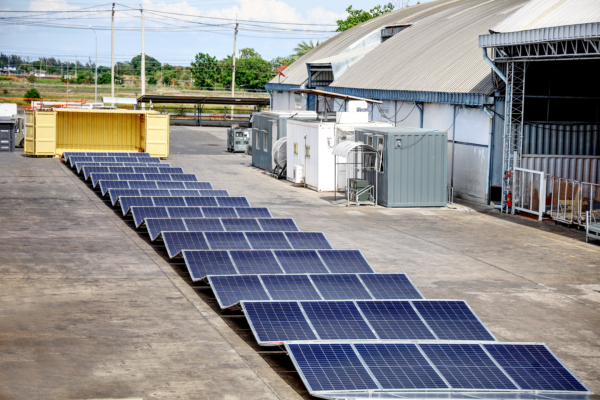
AFB Chairman Mark Reynolds told pv magazine the system supports the already carbon-neutral port facility and will look to provide a green solution to vessels when in the OMSB port in the future for operational, maintenance, or servicing requirements.
“The scalability of this system is of great benefit, it is as simple as adding more containers of VRF batteries or containerized solar arrays to scale up. Once on-site, an array is unfurled from inside a 6-meter container and, when deployed covers a footprint of 6 m x 136 m,” Reynolds said.
It has a typical average yield of 528 kWh/day, up to 4 MWh/day in clustered setups, with power output being 55-95 kW for a single unit and 330-570 kW for clustered units.
The capacity to pack up quickly makes the DRS well-suited to the OMSB’s wind region D rating, with the system able to withstand wind speeds of up to 86 km per hour without ground anchors.
“Having a containerized solution that’s easily deployed or packed up or moved prior to a weather event like a cyclone, protects the solar panels. As there’s ample warning when a cyclone is coming, it takes less than an hour to retract the solar system back into its container and once the cyclone’s passed, you can deploy it again free of damage,” Reynolds said.
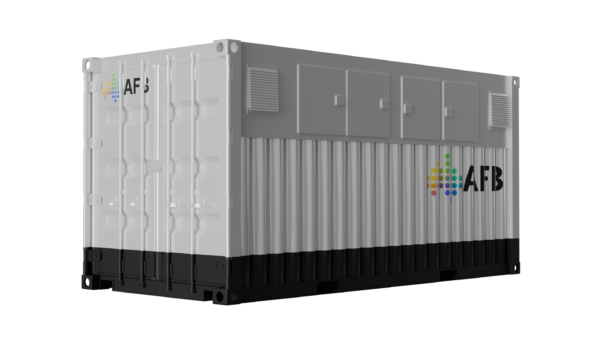
AFB Managing Director Shane Meotti told pv magazine the plug-and-play system paired with a VRF battery offers a solution to many applications that are not just mining or agriculture, and remote communities.
“There’s a whole raft of off-grid scenarios that the DRS is absolutely ideal for. We’ve pursued the vanadium flow technology for a number of reasons, but safety and suitability to the Australian climate are the main drivers,” Meotti said. “We address a number of the issues that exist with lithium in terms of safety and fire; thermal runaway, but also the sustainability aspects and the durability within Australia.”
The mobility of the system also allows for ease of transport to remote communities throughout Australia, though the company has also received interest from Pacific Islands and Southeast Asia.
“The potential that this system has for remote communities is immense, as far as the security of power and the environmental, and financial impacts for communities still burning diesel, our system could cut deliveries of diesel down by 80 to 90%,” Meotti said.
“The logistics of moving that amount of fuel required is massive, and the carbon emissions from diesel is very high, so I think our solution is innovative. It’s a major shift and what I consider to be a re-adaptation of proven technology and design.”
“The beauty of this system is it’s a one-off delivery. Once deployed, that’s it, and it’s then monitored for performance and maintenance through the cell network or satellites in our web-based power management system,” Meotti said.
Meotti added the vanadium battery used, originally invented at the University of New South Wales (UNSW) doesn’t require air conditioning and has a lifespan to match the solar array.
“When you match those two together, your levelized cost of energy from the panels and from the storage actually becomes very, very competitive,” Meotti said.
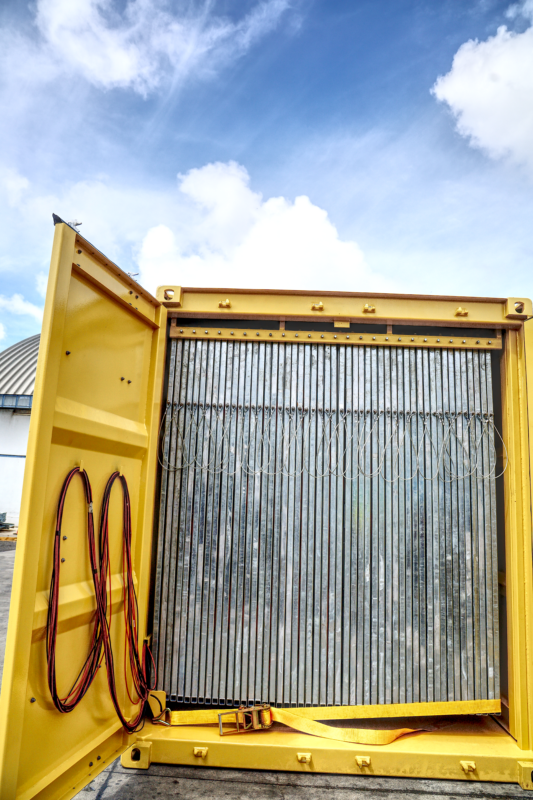
What's Your Reaction?







